TLDR: True giving isn’t the kind that comes with a receipt or fades after a moment of feel-good satisfaction. Instead, it digs in, takes root, and grows into something far beyond what anyone might ever see.
For the last two decades, Firefly Mission (FFM) has exemplified this spirit of enduring compassion, staying long enough to ensure every effort truly takes hold. They’ve built schools in remote areas where children once had none, rebuilt villages after natural disasters, and witnessed those children blossom into adults who now pursue opportunities abroad. “Some children are now working in Singapore,” an Exco member of FFM shares, beaming with pride. “We are very proud of them.”
Their story is not just about giving money or distributing supplies; it’s about building genuine human connections and empowering communities to stand on their own.
In what follows, we’ll explore how FFM places sustainability at the core of its humanitarian work, the ripple effects of those efforts across generations, and the unique group of volunteers who give not just their money, but also their time, skills, and hearts. We hope to share this model of humanitarian engagement that stands apart from short-term charity.
From Skyscrapers to Mud Ground: Why Volunteers Trade Comfort for Compassion
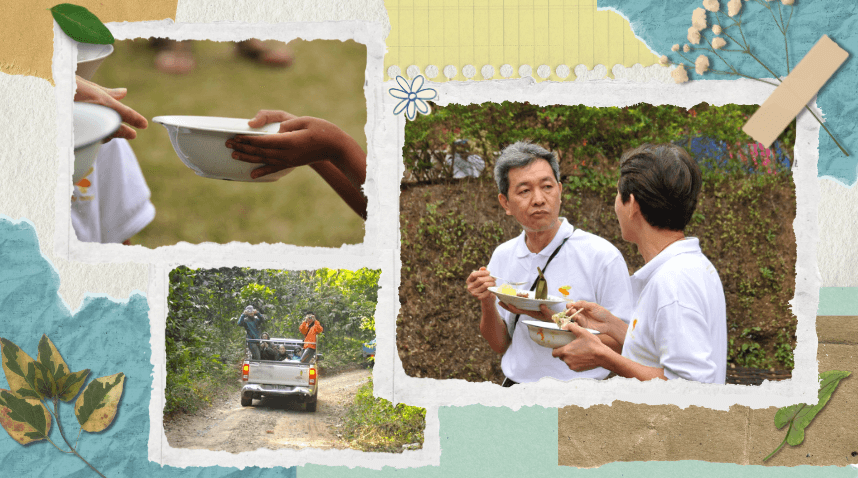
Many of the exco members and volunteers at FFM are high-flyers of multi-national corporations, trading the comforts of city life for rudimentary huts in far-flung villages yet it’s exactly what drives many Firefly Mission volunteers to return again and again. It’s not because it’s easy or glamorous. It’s because they’ve felt the profound fulfilment that comes from changing lives, one small act at a time.
Serene, an Executive member at FFM, still remembers her first trip vividly.
“We come from skyscrapers and air-conditioned offices. Suddenly, you’re on mud ground, eating from a broken plate beside the stray dogs, sleeping in simple huts next to strangers.”
Something moved in her during that trip. She saw how even a small act, like helping a child get an education, could change an entire future. So she kept going back, bringing her family along.
“My kids ask me when are we going back, they look forward to these rather than holidays.”
This transformation is not unique to Serene. Many FFM volunteers talk about the sense of fulfilment, shared purpose, and humbling experiences that keep them coming back, trip after trip. For some, it even means sacrificing their personal vacation days or family holidays to venture into rural Laos or remote corners of Myanmar.
The volunteers’ dedication, shaped by Buddhist values, is one of FFM’s unique hallmarks. As they often say, “It’s rare to find someone who dedicates not just their money, but also their time, their skills, and their heart.” Yet, the FFM community has many such individuals who offer their weekends, their expertise, and their emotional support for the betterment of strangers, often across borders and cultures.
Sustainability Over Charity: Beyond the One-Time Donation
Humanitarian crises typically elicit an outpouring of goodwill in the form of monetary donations or short-term aid drops. While these are undeniably crucial in immediate situations, such as when Cyclone Nargis devastated the Ayeyarwady Delta region in 2008, FFM’s approach goes a step further.
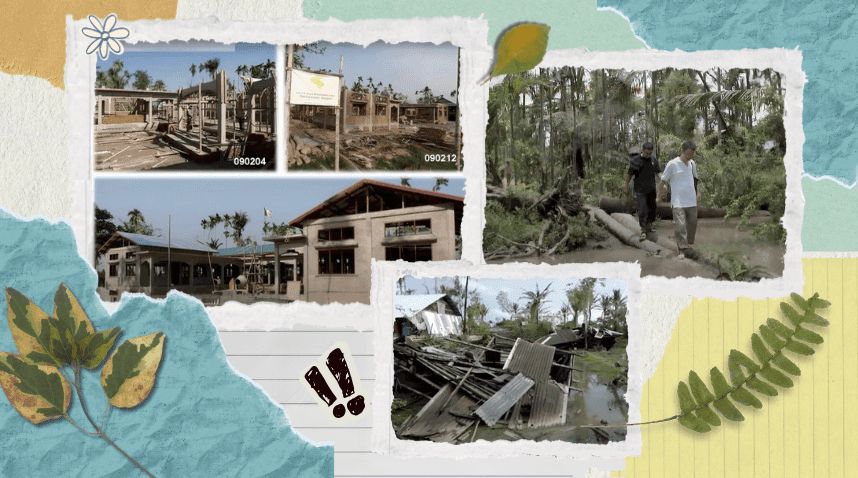
Case Study: Cyclone Nargis
When Cyclone Nargis tore through Myanmar in 2008, it left more than 100,000 people dead and countless more homeless. In response, many charities rushed in with food, water, clothing, and medical supplies. FFM did the same, but soon recognised that for the people left behind, survival doesn’t end when the donations stop. They still have to rebuild, and that requires more than temporary aid.
So FFM stayed.
“For Cyclone Nargis, we did three levels: immediate relief (food), mid-term (helping farmers regrow paddy), and long-term rehabilitation (rebuilding schools). We extended this for eight years.”
– Brother Ng Yee Kong
For eight years, they returned—again and again and again.
- Immediate Relief
Within weeks of the disaster, FFM volunteers arrived to distribute food supplies to those in dire need. They also provided basic medical care and equipment, collaborating with local monks and community leaders who could identify the hardest-hit families. - Mid-Term Rehabilitation
Once people’s immediate survival was secured, the next step was to restore livelihoods. Farmers had lost their paddy fields to saltwater flooding. FFM mobilised funds and expertise to help them regrow their fields. This not only provided a renewed source of food but also restored dignity to families who had become reliant on handouts. - Long-Term Development
Recognising that the community needed more stable infrastructure, FFM worked with local partners to rebuild schools. Over the course of eight years, volunteers and donors persisted with what they called “long-term rehabilitation.” They returned to these communities every so often to ensure that the schools were functioning, teachers were paid, and the facilities were well-maintained.
FFM’s multi-year commitment exemplifies a “teach a man to fish” philosophy. The mission invests effort in building local capacity and ensuring that communities are not merely recipients of aid but active partners in planning, execution, and follow-up.
Ground Assessments: The Key to Sustainable Projects
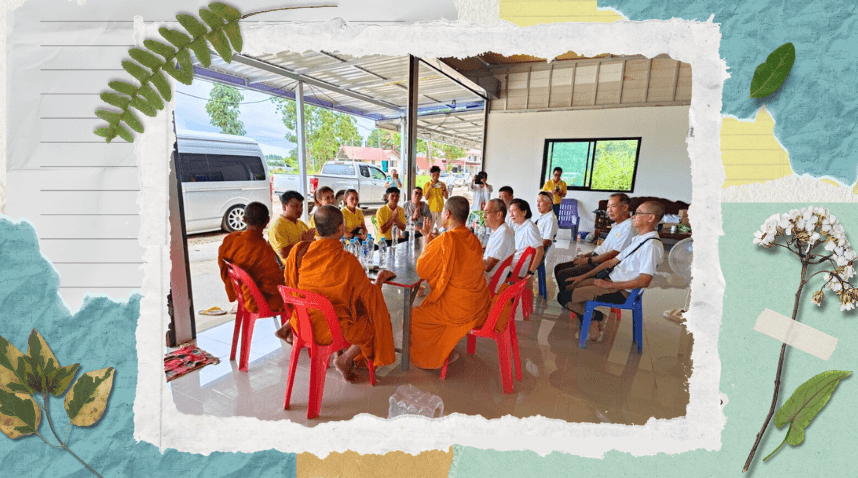
FFM volunteers repeatedly emphasise the importance of on-the-ground assessments to ensure proposed solutions benefit the community and have a sustainable impact. They don’t just read proposals. They visit villages, speak directly with local leaders, and evaluate the feasibility and sustainability of potential initiatives.
“We ensure projects are sustainable. We go back years later to see schools running, teachers teaching, and communities maintaining them.”
– Brother Ng Yee Kong
During these assessments, volunteers look for key enabling factors:
- Local Buy-In: Are village chiefs, monastics, or community elders on board? Will they contribute labour, land, or administrative support?
- Long-Term Funding Plans: Is there a mechanism (e.g., local government support or a minimal tuition fee) to keep the school open or the clinic stocked once FFM’s initial funding ends?
- Accountability Structures: Who will ensure that donated resources—books, medicine, building materials—are properly used and maintained?
This meticulous approach also allows FFM to discern whether a project is truly needed. Sometimes, local conditions or political obstacles make a well-intentioned idea unworkable. In such cases, FFM either refines the project scope or gracefully steps back:
“We can’t just parachute in with our own assumptions. If the project isn’t feasible, forcing it through could waste donor money and hurt the community more than help.”
– Rene
Being on the ground not only clarifies logistical questions but also fosters a genuine connection.
The Ripple Effect: How One Dollar Can Multiply Across Generations
Beyond general accountability reports, FFM emphasises tangible results. The organization has built or renovated more than 30 schools across multiple countries, sponsored countless children, and supported the ordination of monks and nuns who go on to become pillars of their communities.
“Donors see results. When we finish a school, they visit and cry—it opens their hearts. Transparency builds credibility.”
– Brother Ng Yee Kong
From Rural Myanmar to Professional Life in Singapore
One heartwarming anecdote features a group of students from a rural part of Myanmar. Over a decade ago, FFM volunteers helped rebuild their local school and funded scholarships. A few of those students excelled academically and pursued higher education abroad, including in Singapore. Today, some work in the healthcare and information technology sectors—able to provide for their families and reinvest in their home villages.
“It is incredible. They return to teach the younger kids, sponsor their siblings, and uplift their entire village. All it took was a sustainable platform—a decent school, consistent teachers, and the belief that these kids could succeed.”
– Brother William, FFM coordinator
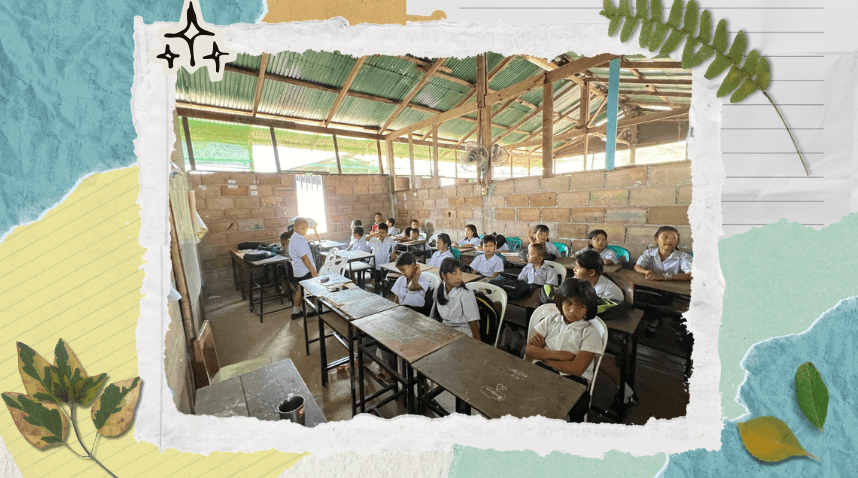
Bhutanese Nuns Becoming Teachers
In Bhutan, FFM supports the education and well-being of nuns in remote nunneries, some perched high in the mountains with sparse amenities. The ripple effect here is powerful. Nuns often return to their communities as teachers, health workers, or spiritual mentors, guiding future generations.
“Sponsored nuns in Bhutan told us, ‘You travelled miles to help strangers.’ Now their students return as teachers. That’s our pride.”
– Brother William
This generational multiplier effect is precisely what FFM hopes to achieve with every dollar or volunteer hour invested. Education is a gift that keeps on giving, rippling outward from child to family to entire communities, and eventually across national borders.
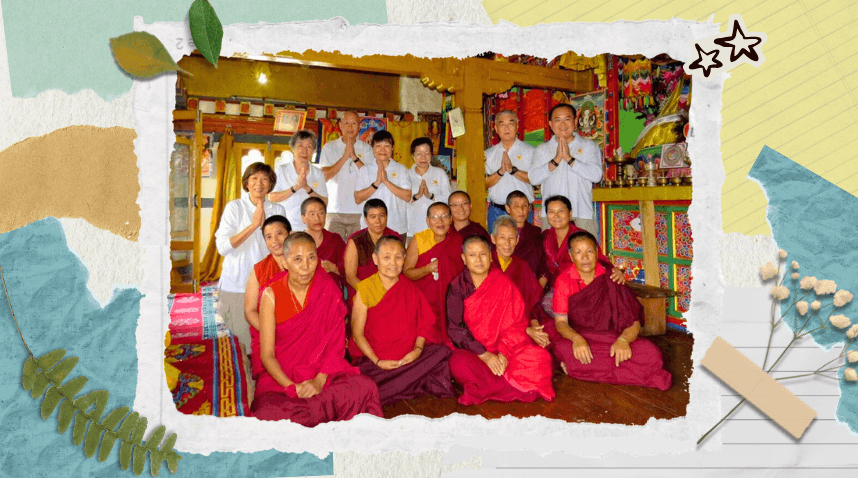
Lighting the Way, One Community at a Time
At a glance, Firefly Mission’s achievements are impressive:
- Multi-year rehabilitation for Cyclone Nargis victims in Myanmar.
- Long-standing partnerships in Laos, Bhutan, Thailand, and beyond.
- Nuns sponsored, who then return as teachers, spreading the lamp of knowledge.
- Families in Singapore opting to spend their holidays side by side with rural communities, forging bonds that transcend material aid.
But more than the stats, it’s the philosophy behind these efforts that stands out: Sustainability over charity, futures over dependencies, real empowerment over feel-good tokenism. By coupling immediate relief with long-term structures, schools, clinics, and dormitories, FFM ensures that communities can continue thriving well after the volunteers have gone home.
Beyond material support, FFM volunteers carry a human touch by staying in village huts, sharing meals, learning from local wisdom, and often coming back with their children in tow. This cycle of giving not only uplifts remote communities but also transforms the volunteers themselves, teaching them gratitude, humility, and equanimity.
Firefly Mission’s journey illustrates how a few dedicated hands can shape far-reaching change, proving that genuine compassion transcends any obstacle…no matter how vast the world may seem. Through their unwavering dedication, they remind us that a single flame can indeed kindle many others. Each school built, each nun sponsored, each child educated is a testament to the power of compassion in action.
How You Can Get Involved
Firefly Mission welcomes everyone—Buddhist or not—to join in their humanitarian efforts. Whether you can spare a weekend or an entire month, every contribution of time, skill, or resources makes a tangible difference. Here are some ways you can reach out to them or join their activities
Email: [email protected]
Website: https://www.fireflymission.org/
Upcoming Events and Trips
- Kathina @ SBS and Wisdom Park
09 Oct 2025, 7:00 AM – 12 Oct 2025, 6:00 PM | Kuala Kubu Bharu, Selangor, Malaysia
Participate in this traditional Buddhist offering ceremony and community gathering. - Kathina @ Udon Thani, Thailand
18 Oct 2025, 7:00 AM | Udon Thani, Thailand
Join fellow volunteers in a cultural celebration and explore how FFM collaborates with local communities. - Laos Trip
Late Nov to Dec 2025 | Laos
Experience FFM’s long-term education projects firsthand, with opportunities to teach, support local schools, or assist with construction. - Thailand Border @ Tak Mission
Dec 2025 | Tak, Thailand
Help at the border region by improving living conditions and educational facilities for refugee communities.


